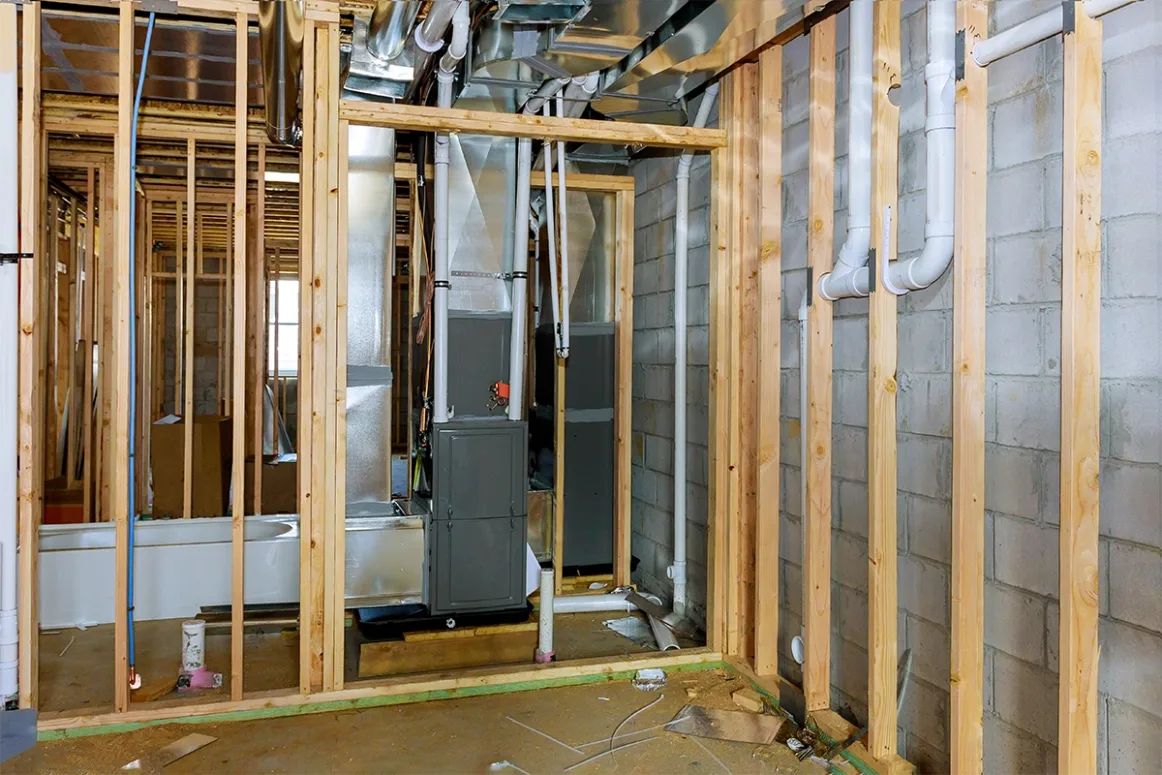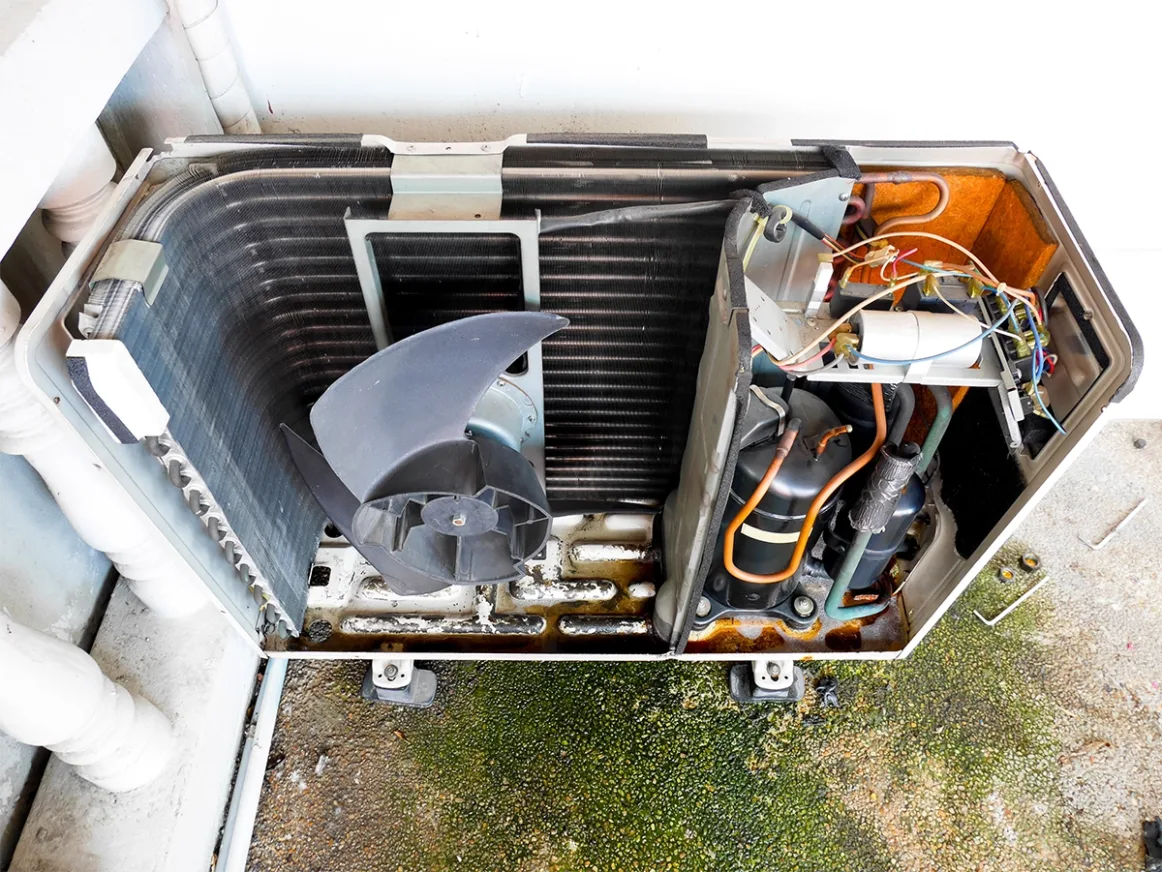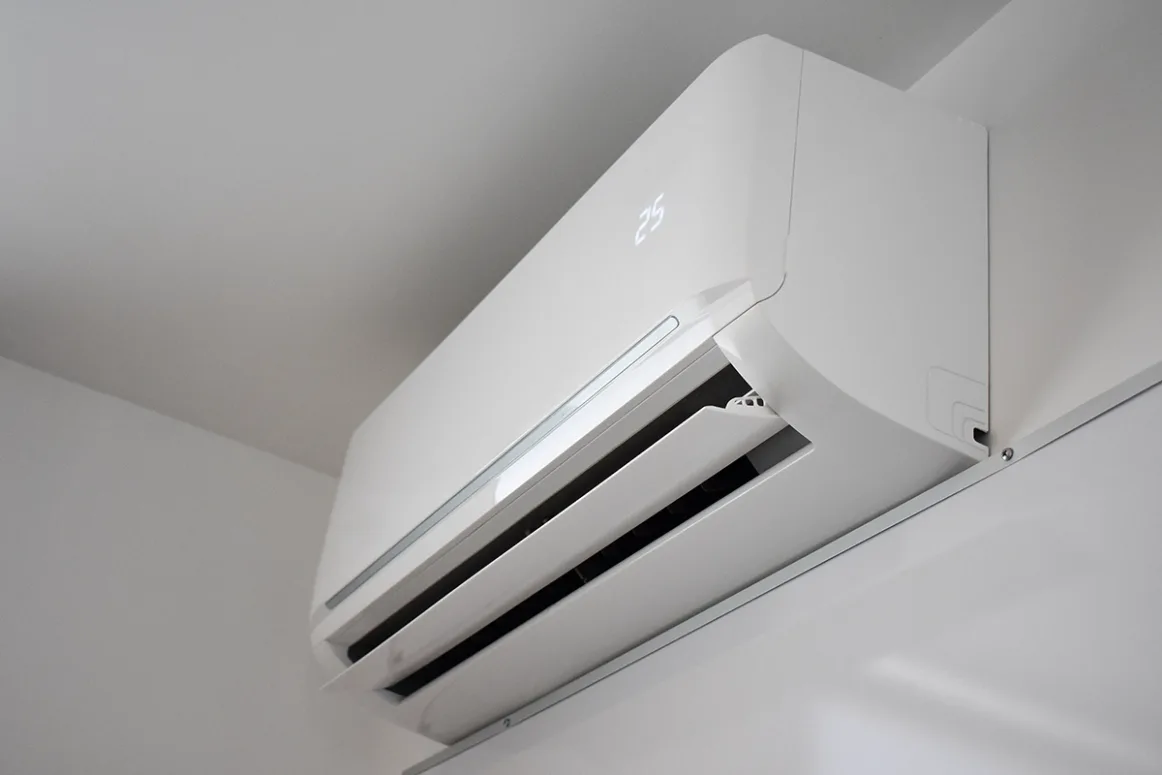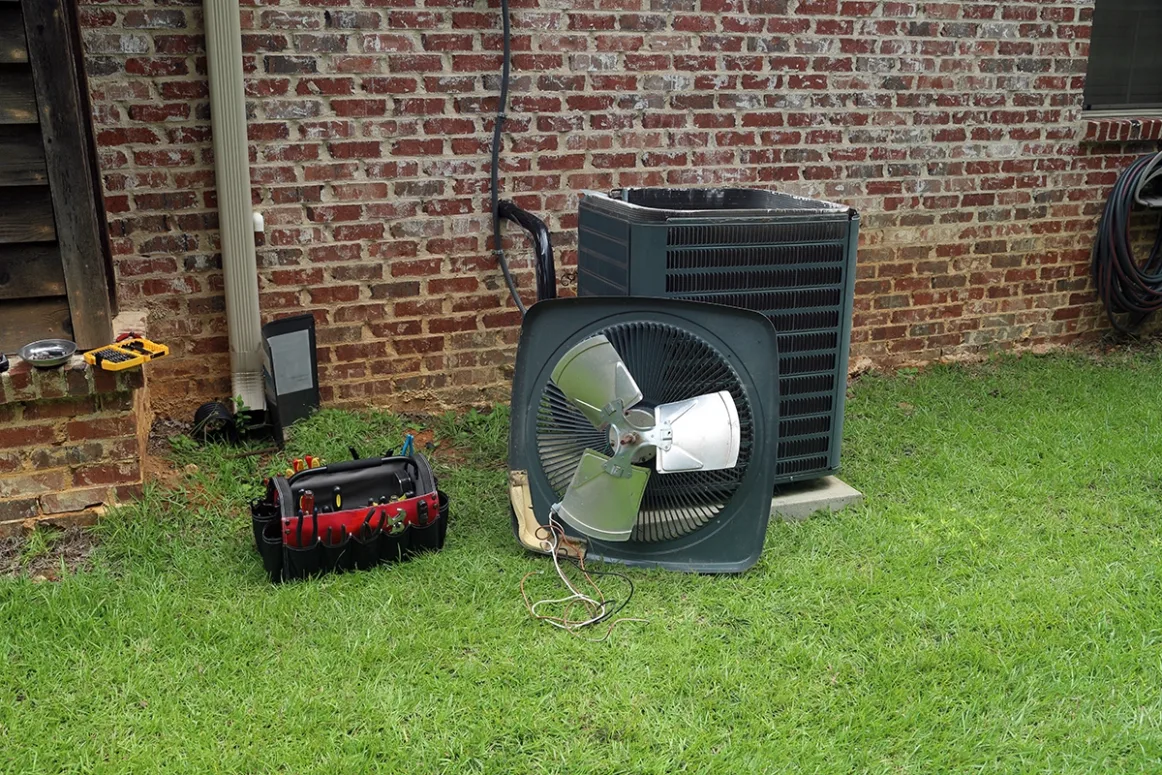
What Are HVAC Diffusers? Benefits and Types for Your Home
When it comes to the general HVAC equipment in your home, diffusers are a critical component that often goes unnoticed. They ensure that air inside the room is distributed evenly and later regulate air movement by providing sufficient hot or cool air to every area for comfort. Correct selection of the type of HVAC diffuser enhances the unit’s efficiency, reduces energy consumption, and improves living space.
At Russell Heating and Air, we believe every client is entitled to knowledge to understand their HVAC system better. This article examines the various HVAC diffusers available, their usefulness, and why they are essential to your house’s heating and cooling system.
What Are HVAC Diffusers?
This equipment is part of an HVAC system as it brings air from the HVAC system into the room. Its purpose is to regulate air direction, flow, and distribution in the room so the conditioned air is well allocated. A diffuser balances the pressure to and from the space, thus controlling the temperature indirectly and evenly in that particular room.
When used appropriately, diffusers can eliminate discomfort, prevent draughts, and improve the efficiency of the HVAC system. Different kinds of diffusers are available for various needs, and selecting the right one will depend on room size, ceiling height, and corresponding airflow requirements.
Benefits of HVAC Diffusers
Before we jump ahead to the various types of HVAC diffusers, let’s understand some significant benefits they bring along:
Even Air Distribution: Diffusers facilitate air distribution, which helps to keep the temperature constant in the room and makes it a more pleasant place.
Improved Efficiency: These diffusers’ restraining of airflow will make the components of the HVAC system function appropriately, thereby saving more energy and, hence, appropriate energy bills.
Noise Control: Some diffuser designs cancel noise from the hot air mass leaving the unit, improving the quietness of the house’s air conditioning.
Aesthetic Value: The latest diffusers vary in form, and one can pick the one that complements the beauty of one’s home.
Temperature Adjustment: Diffusers may be set in a specific position to limit or increase the amount and direction of the air supplied to a particular room.
Considering their advantages, let’s highlight the various types of HVAC diffusers.
-
Ceiling Diffusers
A ceiling diffuser is most commonly used in offices and homes. They are placed horizontally against a room’s ceiling and help blow air in many angles to ensure uniform ventilation. These are offered in various profiles as per the requirement:
Round Ceiling Diffusers—Air is drawn through a round diffuser with air direction-changing devices placed circumferentially for the draft. Commercial spaces commonly use these types, which can also be used in residential areas with high ceilings.
Square/Rectangular Ceiling Diffusers—Most houses use this type of diffuser in suspension ceilings, where 2x 2ft ceiling panels cover them. It ensures maximum air coverage and circulation within a few minutes of placement in the house and is suited for large rooms.
Ceiling diffusers are efficient and practical. They disguise themselves with the ceiling and do not draw much attention while delivering the desired air movement.
-
Linear Slot Diffusers
Due to their modern aesthetics, linear slot diffusers have gained preference in residential and commercial applications. These diffusers are long and thin and are usually fitted in rows across ceilings or walls. Their design is suitable in situations where design matters because they have a subtle look without losing performance.
One feature that stands out in linear slot diffusers is flexibility in airflow settings. Hence, the direction of such airflow can be altered, affecting the efficiency obtained in terms of room temperature and comfort. High-ceiling spaces and areas needing great airflow control are usually fitted with linear slot diffusers.
-
Floor Diffusers
Floor diffusers are suitably named because they are located on the floor and are frequently used in houses with forced air cooling or heating systems. Again, as the name suggests, these diffusers help to provide direct air distribution into the room. Generally found in conditions that will not allow for ceiling or wall installation, like low-ceiling houses or houses with few wall spaces.
Floor diffusers are available in various designs and materials, allowing homeowners to select a preference that complements the rest of the house. These are particularly useful in preventing heat stagnation in a space in winter by promoting the rise of warm air from the floor and dispersing it into the room.
-
Wall-Mounted Diffusers
Wall-mount diffusers are used in places with high ceilings or spaces where floor or ceiling diffusers are impractical. They are fitted within a solid structure, i.e., the wall, and can usually be designed to allow an adjustment of the airflow direction. While these diffusers are mostly used in commercial properties, they can also serve residential houses with stiffer design implications.
These diffusers provide good air distribution and are usually installed in congested spaces or rooms requiring direct air. With the option of changing the airflow direction, wall-mounted diffusers can be permanently fitted in the space without concern for changing the design aesthetics of such spaces in the future.
-
Slot Diffusers
Slot diffusers function like linear slot diffusers except that they are smaller and can be placed on the walls, ceiling, or floor. Because they offer efficient air distribution while maintaining minimal visual obstruction, they are ideal for spaces needing to keep aesthetics.
Slot diffusers do well in contemporary or minimalist home contexts since big or bulky diffusers could mar the appearance. They are versatile in controlling airflow and beautifying the surrounding environment in homes and businesses.
-
Swirl Diffusers
Swirl diffusers are used to achieve the effect of swirling or whirling on the airflow pattern. This helps ensure better air mixing in large rooms like theatres, gymnasiums, or high-rise office buildings. The conditioned air and room air are optimally mixed as the air is directed in a swirl pattern. Cooled or heated air is prevented from staying in one area, causing unduly significant temperature differences.
Swirl diffusers perform exceptionally well in providing thermal comfort in rooms where moving large amounts of air induces draughts. Their design attribute of mixing air quickly makes them an essential tool for heating and cooling large spaces.
-
Perforated Diffusers
A perforated diffuser consists of a faceplate with small holes that help distribute the air effectively into the room. They are mostly used in work spaces but can be fixed in residential areas. The perforation increases noise reduction, so they are preferred in places requiring quiet operations, such as offices and bedrooms.
Perforated diffusers perform best by providing controlled low-vortex air distribution that complements room aesthetics.
-
Jet Nozzle Diffusers
Jet nozzle diffusers are helpful in places that need a long throw of air, such as airports or large industrial buildings. They project a column of air over a specific part of the room, with the direction of the airstream usually adjustable.
These diffusers are used in commercial and industrial applications but can also be helpful in residential applications, especially in spaces with tall ceilings or large, expansive areas. Users can adjust them more or less to achieve accurate temperatures.
-
VAV (Variable Air Volume) Diffusers
VAV diffusers are built explicitly for variable air volume (VAV) systems. VAV systems use air supplied to the given space for heating or cooling capacity. They limit the air change rates, also known as VAV diffusers, which require less energy. Thus, these VAV systems are well suited for buildings where temperature and energy management are critical considerations.
VAVs, however, have limitations. They are commonly used in commercial buildings and can be retrofitted in homes, but only if precise heating or cooling is needed within an area. These diffusers ensure maximum comfort with minimum energy use by regulating airflow to only that which is needed.
Choosing the Right HVAC Diffuser for Your Home
Factors like the room’s size, the ceiling’s height, and the airflow play an essential role in choosing an HVAC diffuser. At Russell Heating and Air, we assist homeowners in our service areas select the most appropriate diffusers for their home’s HVAC systems to enhance comfort and efficiency.
All in All
HVAC diffusers are crucial components in ensuring indoor comfort by promoting even airflow throughout the space. Different types of diffusers exist, and selecting the appropriate one according to an individual or household’s requirements is valuable. Whether you’re looking for ceiling diffusers for uniform air diffusion or swirl diffusers for use in a big room, it’s imperative to know the options for HVAC diffusers.
Russell Heating and Air offers a full range of high-quality HVAC services, including installing and repairing HVAC diffusers. Contact us today to learn how a well-adjusted HVAC diffuser can enhance your living or office conditions.
A quick overview of the topics covered in this article.
Latest articles
April 17, 2025
April 17, 2025
April 17, 2025






